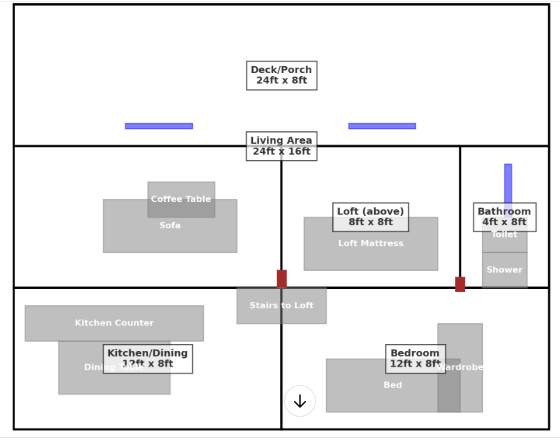Dubai vs. New York
Strengths:
- Dubai: Highly planned, rapid development, smart city infrastructure, tax-free business zones, and world-class tourism projects.
- New York: Established global financial hub, strong cultural scene, diversified economy, and well-developed public transit.
Weaknesses:
- Dubai: Dependence on expatriates, extreme climate, limited natural water resources, and still developing public transportation.
- New York: Aging infrastructure, high taxes, high cost of living, and bureaucracy slowing development.
Dubai vs. London
Strengths:
- Dubai: Future-oriented, investment-friendly, cutting-edge architecture, and lower corporate taxes.
- London: Established global financial center, strong historical and cultural heritage, efficient transport system, and leading education institutions.
Weaknesses:
- Dubai: Extreme reliance on oil and real estate, lack of long-term residents (high turnover of expatriates).
- London: Brexit impact, high cost of business operations, and traffic congestion.
Dubai vs. Singapore
Strengths:
- Dubai: Larger land availability, tourism-friendly visa policies, strong real estate development.
- Singapore: More sustainable urban planning, highly developed public transit, strong education sector.
Weaknesses:
- Dubai: Harsh climate, higher car dependency.
- Singapore: Smaller land area limits expansion, higher property prices.
Conclusion
Dubai’s Master Plan 2040 envisions it becoming one of the world’s most sustainable and business-friendly cities. While it outshines others in terms of ambition, rapid development, and investment appeal, it still faces challenges like environmental sustainability, workforce retention, and infrastructure integration compared to established cities.
Would you like a detailed comparison with another city?












.jpg)





















